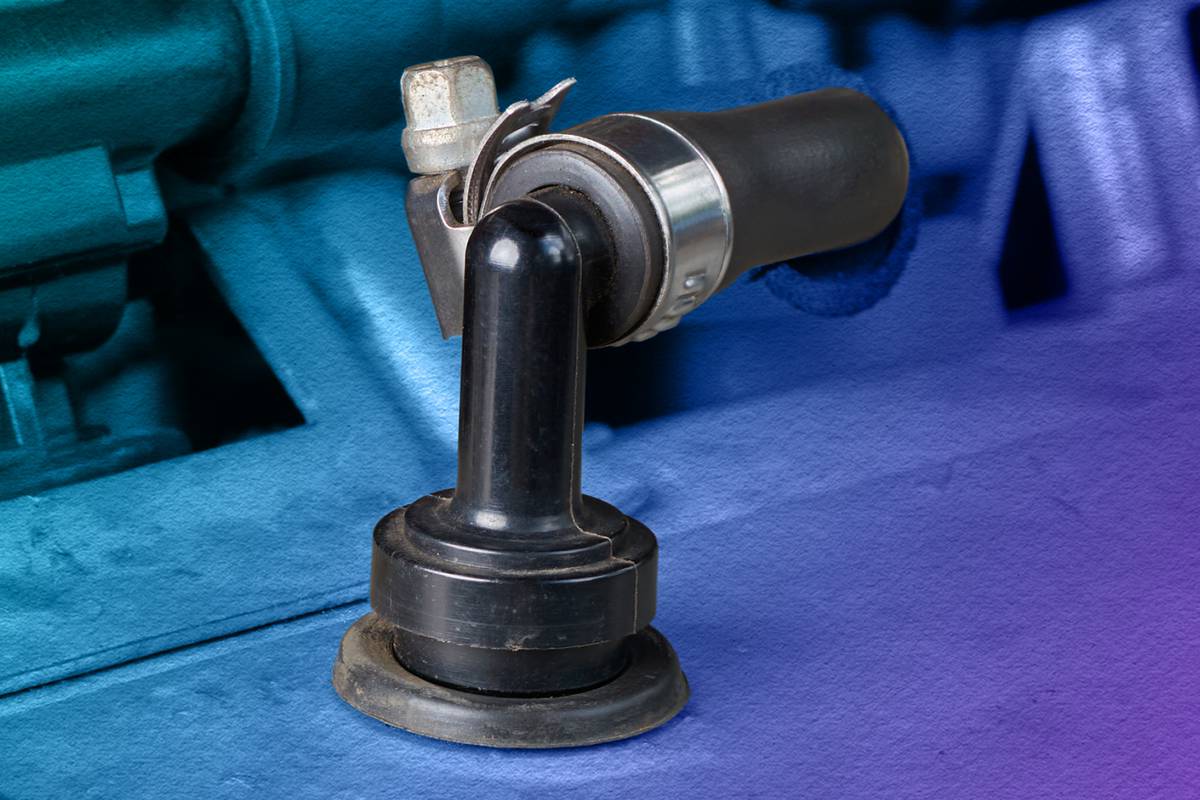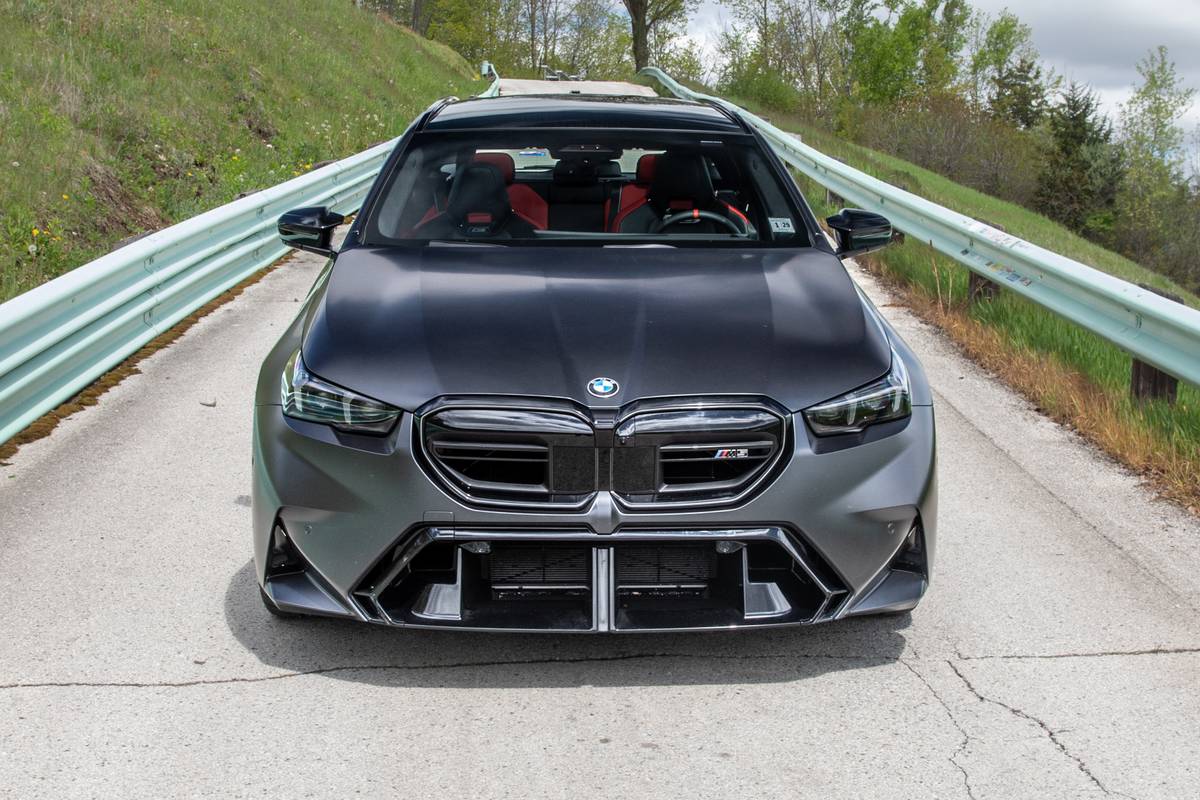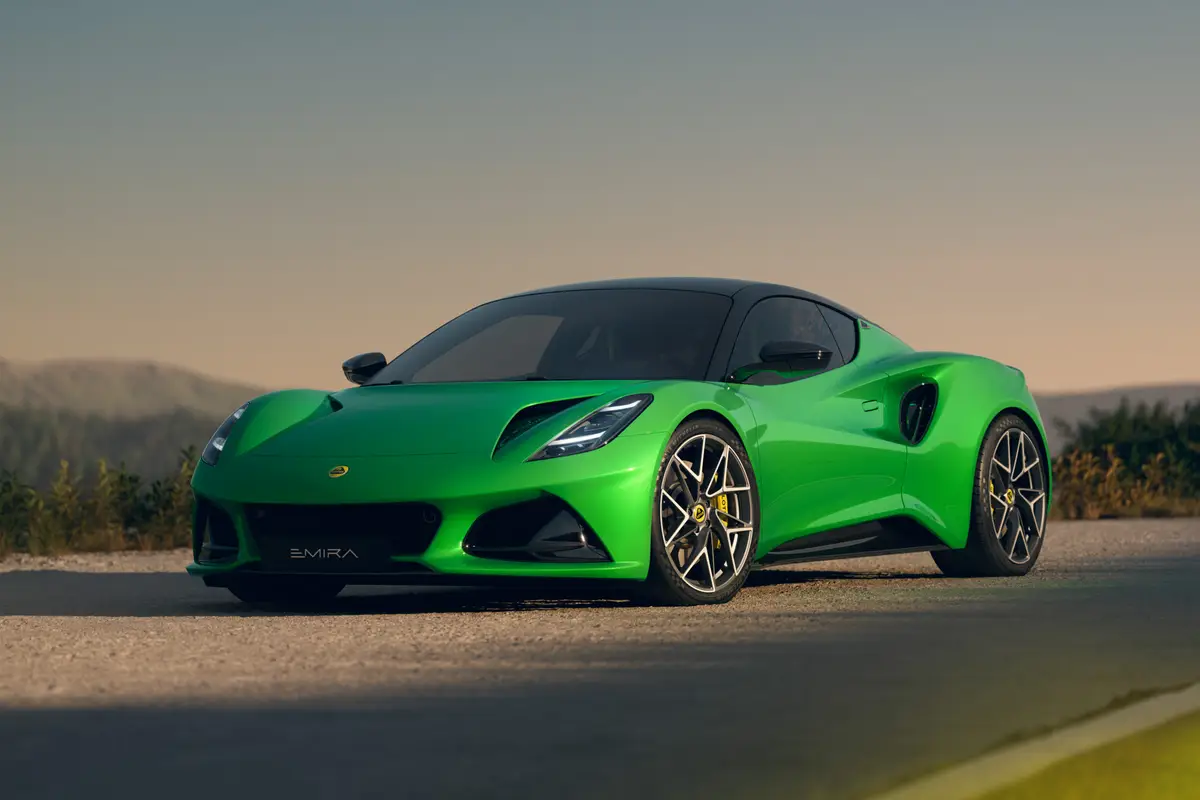chicagotribune.com's view
The 2001 Dodge Stratus R/T coupe arrived in the driveway about the same time Dodge Motorsports announced that it had won NASCAR approval for the body design of its Dodge Intrepid R/T for next year’s race circuit. Of course, the 2001 Dodge Stratus R/T will be more than a few horses short and a whole lot of suspension tweaks different than the Intrepid R/T that kicks off Dodge’s return to racing at Daytona in February after an absence since 1978.
But, just like the Intrepid R/T marks Dodge’s return to NASCAR, the Stratus R/T signifies Dodge’s realization that if there is any truth to the adage that you “Race on Sunday, sell on Monday,” the automaker needed to have something in its showrooms to sell on Tuesday and Wednesday, as well.
And a Dodge Neon R/T just wasn’t going to cut it.
Stratus is the name DaimlerChrysler had given its compact Dodge sedan while its compact Dodge coupe was called Avenger.
For 2001, sedan and coupe are redesigned and carry the Stratus moniker while Avenger is dropped. We feel the Avenger name has more sizzle, but Dodge says Stratus has more recognition.
Stratus sister cars are also involved in the same redesign and name change process. The former Chrysler Cirrus sedan is now the Chrysler Sebring sedan, while the Sebring coupe and convertible keep that moniker. That redesigned convertible, by the way, bears quite a resemblance to the Chrysler Hemi C concept unveiled on this year’s auto-show circuit. The convertible arrives in showrooms this fall.
Stratus and Sebring sedans and the Sebring convertible are built at D/C’s Sterling Heights, Mich., plant while Stratus and Sebring coupes are built at Mitsubishi’s plant in Downstate Normal alongside the Mitsubishi Galant and Eclipse, with which they share a platform.
In addition to the name change and redesign, there’s an image and character makeover for 2001 as well. That old Avenger was a sporty-looking economy car. The body hinted it was stronger than it was. More mush than muscle, however. Like a V-6 powered Chevrolet Camaro or Ford Mustang, Avenger looked sporty but didn’t act like it. More show than go.
While the intent is to make Stratus sportier looking than the Avenger, the cleanly sculptured lines lean more toward a luxury rather than a sporty look.
But it’s wha t’s under the redesigned hood that makes the difference. For 2001, both power plants offered in Avenger have been dumped in favor of more potent engines in Stratus. The base 2-liter, 140-horsepower 4-cylinder has given way to a 2.4-liter, 147-h.p. 4, and the 2.5-liter, 163-h.p. V-6 has been replaced by a 3-liter, 200-h.p. V-6, same engine offered in Eclipse.
The R/T we tested came with the 3-liter V-6 teamed with the standard and very smooth shifting, low-effort 5-speed manual. You can opt for a 4-speed automatic with Autostick (only with the V-6), the clutchless manual in which you tap a lever to shift up or down, but will pay $990.
When DaimlerChrysler unveiled the new Stratus and Sebring coupes at the Chicago Auto Show in February, we cornered D/C President and Chief Executive Jim Holden to point out that new sheet metal on an economy car was hardly cause for celebration.
Holden agreed, but pointed out that the days in which Avenger, now St ratus, was an economy car posing as a sports coupe are as much a part of the past as the Avenger name.
“Performance is Dodge’s heritage, its signature, but in the past we’ve talked performance without always delivering it,” Holden said, insisting the new Stratus will be one of several changes as evidence that Dodge’s return to the NASCAR track is designed to pay dividends in showrooms as well. Don’t forget the Dodge Charger is expected to join the lineup, too, as a post-return-to-NASCAR entry.
The 3-liter V-6 is a breath of fresh air in starting the transformation of an economy car into a sports coupe. Lively and alert with a little built-in exhaust rumble for effect. No longer a wannabe as it now is a sporty coupe. But some may argue that it could use a few more horses, a little more torque and perhaps dual exhausts working their magic to relieve back pressure and you’d probably be able to move a little quicker from the light. We’d buy that argument.
But you can’t fault ride and handling. The R/T comes with a sports-tuned performance suspension and 17-inch performance radials. No wobble or exaggerated movement in terms of ride while handling is surefooted and go-where-you-point precise.
D/C said it focused on a more rigid body for 2001 to reduce bending and twisting and added front and rear sway bars to reduce body roll. Not only helps ride and handling, but makes for quiet travel as well.
The cabin is roomy, the seats wide and cozy. Though only a two-door, those designated to ride in back suffer minimal grief. Lift the handle along the bottom of the passenger seat, and the seat slides forward for fairly easy entry in back. The front passenger’s shoulder belt rests out of the way so you don’t trip on it.
In back, head and arm room are good, leg and knee room tolerable. When exiting the rear, press a foot lever along the bottom of the seat and the seat back folds forward for an ample escape route. About as easy getting in or out as in a Toyota Solara, perhaps the most accessible coupe for rear-seat passengers.
If you need more room than offered by the large, deep trunk, the rear seat backs fold flat to convert passenger space to cargo room. Or, you can fold one seat back and slip the skis through the trunk and into the cabin. Other touches include dual cupholders up front, dual cupholders molded into the sidewalls in the rear and two power plugs (one plug, one cigarette lighter if you smoke) in the front of the console for accessories such as phones.
While Dodge will offer an R/T coupe, plans for an R/T sedan have been put on hold. D/C says not this year. When we talked to Holden in Chicago he said an R/T sedan won’t appear before its time and its time would be “when we have three pedals for it on the floor,” referring to a true 5-speed manual and not a 4-speed automatic with clutchless manual. For now a 5-speed manual is offered only in the smaller, lighter coupe an d not the larger, heavier sedan.
Though there is no R/T sedan for 2001, oddly, the Stratus sedan takes on more of the Dodge performance look and less of the Chrysler luxury look than the coupe with the use of wheel flares, Viper-like headlamps and chrome wheels. The sedan also gets standard side-impact curtains to protect front- and rear-seat occupants. More on the sedan later.
The 2001 Stratus R/T we tested starts at $20,705. Standard equipment includes air conditioning (those big plastic caps to adjust air direction seem to block the air more than they direct it); power windows, locks and mirrors; four-wheel disc brakes; rear-window defogger; intermittent wipers; AM/FM stereo with cassette and CD changer in the dash; keyless entry with panic alarm; locking glove box; tilt steering; speed control; carpets in the cabin and trunk; and tinted glass. Dressed up very well for less than $21,000.
To complete the package, anti-lock brakes ru n $565 and power sun roof $685.
Traction control is available, but it’s one of those options that requires adding others first. By spending $990 for automatic with Autostick, you can then purchase an ABS/traction control package for $740, which makes the simple addition of traction control a $1,700 undertaking when, by our math, traction accounts for only about $175 of that total.
For $1,045 you can add an option package that includes leather seats, but which for some strange reason also gives you a universal garage door opener. Until D/C finds a way to duplicate the air-conditioned leather seats in the Lincoln Navigator, we’d stick with the standard cloth seats, though the word “stick,” of course, is why we’d go with cloth and not leather.
Latest news



